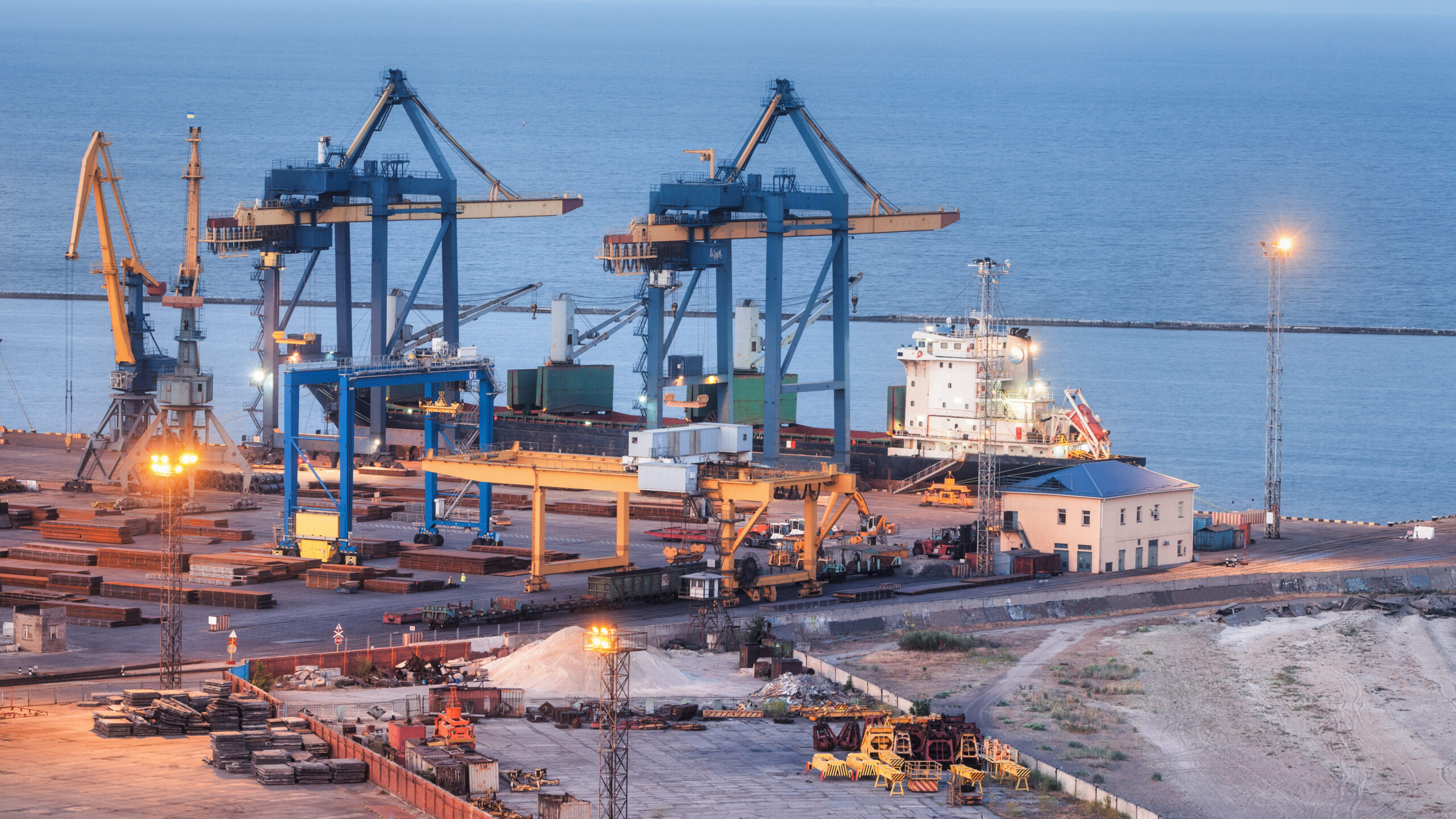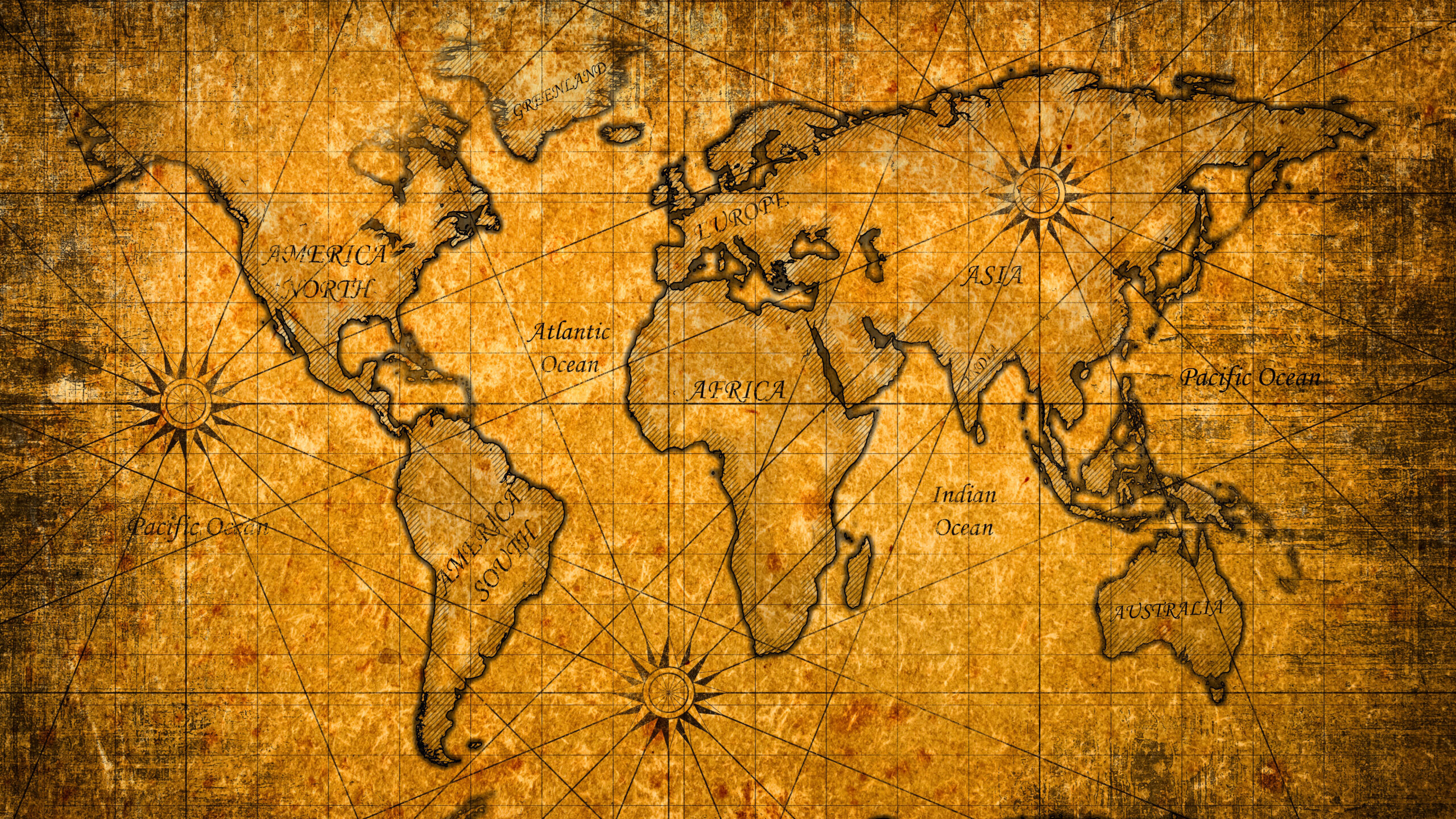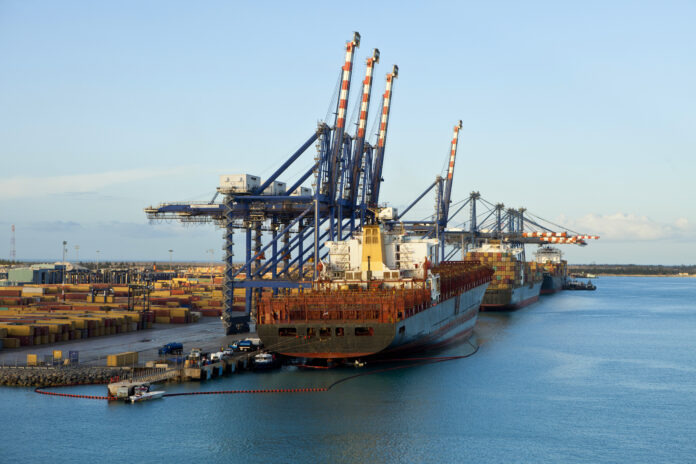“Diversification Beyond China, and Sri Lanka’s Strategic Window of Opportunity”
By Duminda Pathirana
As global supply chains unravel from China, reshaping markets across Asia, Latin America, and Africa, Sri Lanka finds itself at a pivotal threshold. Economic pressures, geopolitical turbulence, and rising labor costs in China have driven companies to seek alternatives in India, Vietnam, Mexico, and Africa. Many of these firms are adopting multi-source procurement, agile manufacturing setups, and logistics redundancy to shield against future disruptions. In this moment of transition, Sri Lanka has the chance to play a key part. Situated along the most heavily trafficked maritime lane on Earth, the nation can tap into ancient trade instincts while building modern capabilities that match new global demands.
Sri Lanka’s economic miracle during the colonial era was built on its position in the Silk Route of the Seas. Over centuries merchants carried spices, gems, ivory, and textiles through the Bay of Bengal and into the Arabian Sea. Today around 200 to 300 large vessels, including container ships, oil tankers, bulk carriers, and liquefied natural gas vessels, pass Sri Lankan waters each day. This amounts to over 100,000 ships annually combined with smaller support vessels, according to data from maritime studies and the Sri Lanka Ports Authority. Colombo remains a top 30 global container port, handling approximately 6.86 million TEUs in 2022 according to ceicdata.com. These numbers reflect more than statistics. They demonstrate Sri Lanka’s latent potential to serve as a logistical anchor between Eastern manufacturing hubs and Western demand.
Emerging Trends and Local Advantages
The shift away from China is driven by four prime forces. First, companies seek risk avoidance after encountering supply disruptions during the COVID-19 pandemic. Second, ongoing geopolitical rivalries, including tariffs and US-China trade frictions, have accelerated localization of supply sources. Third, rising Chinese wages have incentivized manufacturers to relocate to lower-cost countries. Fourth, regulatory scrutiny in Western markets on forced labor and environmental impact has raised the bar for sourcing integrity. India, with its scale and existing industrial corridors, and Vietnam, with cost advantages and Southeast Asian trade agreements, have emerged as frontrunners. Mexico is becoming a nearshore solution for North American firms, while Africa attracts resource and labor intensive projects.
Sri Lanka can enter this competitive field by leveraging its enduring strengths. Unlike inland economies, it has direct access to east-west shipping routes. Port infrastructure, while needing upgrades, has the potential to match regional standards with better planning and investment. Sri Lanka’s workforce is educated, multilingual, and experienced in port and logistics operations. Recent infrastructure projects, including expansion at Colombo and Hambantota, and rail and road links to export zones, now frame a logistical spine that can distribute cargo to hinterlands.

To convert potential into growth, Sri Lanka needs to prioritize three areas. First, logistics connectivity must be seamless. Rail and road must link ports to inland manufacturing clusters.
Inland container depots, bonded cold stores, and national logistics parks should be built alongside expanded port areas. This would enable Sri Lanka to move from basic transshipment to value-added logistics and light manufacturing.
Second, Sri Lanka must promote trade partnerships proactively. Free trade agreements with ASEAN, India, the Gulf Cooperation Council, and East Africa must be paired with logistics pacts that facilitate single-window customs and digital cargo manifest exchange. Such arrangements would position Sri Lanka as a more attractive pivot for global firms diversifying their supply networks.
Third, the country must manage competition and cost. Its logistics strategy must differentiate through speed, transparency, and ease of doing business, rather than by competing on price alone. Leading shipping lines such as MSC and Maersk assess port speed through ship turnaround time, customs dwell time, and digital readiness. According to reports, about 30 ships sidestep Sri Lankan ports each month due to administrative and infrastructure delays. That level of leakage makes improving efficiency not optional but essential.
These strategic changes would empower Sri Lanka to ride the global wave rather than just cross it. Ports already upgraded with modern cranes, automated gates, and digital tracking can reduce average ship dwell times significantly. Inland logistics developments would boost related sectors such as warehousing, freight forwarding, packaging, supply chain tech, and even light assembly or agro-processing. With holistic planning, Sri Lanka can become a specialist logistics cluster, not just a way station.
Harvesting the Opportunity and Navigating the Risks
Sri Lanka has historical experience as a Silk Route emporium. It is an asset that can be translated into a modern brand of financial and operational resilience. Cultural norms based on Buddhist principles of interconnectedness and ethical commerce align with long-term trust building. Local entrepreneurs are already engaging in cold chain services, pharmaceuticals repacking, and high-value perishables exports. These are competencies the world needs in its new supply paradigms.

But transformation will not happen automatically. One risk is visible overinvestment without sufficient freight growth, particularly in Hambantota where debt financing must be managed. Assets must be calibrated to data-based demand forecasts. Another risk lies in environmental fragility. Sri Lanka’s marine ecosystems face challenges from frequent vessel traffic and occasional spills, as seen in the MV X-Press Pearl incident. Strengthening pollution control, marine insurance and contingency protocols must accompany ramped up operations.
Maritime security also looms large. Sri Lanka’s proximity to the busiest shipping lane means that any regional instability, such as piracy or terrorism, could threaten vessels or cargo. Maintaining visible coastguard presence and working with international partners will be vital.
Regulatory stability is equally important. Stable tariffs, consistent customs policy, and infrastructure resilience are essential for Sri Lanka to be a reliable partner.
If the risks are managed, the payoff is compelling. Sri Lanka could diversify revenues into maritime-related services worth billions. The logistics sector would drive manufacturing growth, create tens of thousands of direct and indirect jobs in warehousing, truck services, packaging, and supply chain management. Rural regions could benefit through increased production of export-grade agricultural goods and spices supplied to logistics parks. Trade volumes could stabilize GDP, reduce import dependency, and enhance foreign investment.
Infrastructure investment from sources like the World Bank, ADB, India, and Japan could leverage public-private partnerships. Private capital could flow into bonded warehouses, rail rolling stock, and cold storage facilities, particularly linked to the West Coast Free Trade Zone. Academic institutions could build logistics training programs to fill knowledge gaps. Sri Lankan banks could create trade-financing products that integrate cargo-tracking technology and mirror global processes such as Letters of Credit.
Sri Lankan authorities are already taking steps. The Port of Colombo reached a record of over 4,400 ship arrivals in 2008 and roughly 4,330 in 2017 with steady growth since then channel16.dryadglobal.comceicdata.com. While throughput peaked at 7.25 million TEUs in 2021, it slightly eased to 6.86 million TEUs in 2022 ceicdata.com. The 2023 Sri Lanka Ports Authority Annual Report noted marginal increases in traffic and the finalisation of the Colombo Port City development slpa.lk.
These global trends reinforce the logic of diversification. With demand shifting toward India, Vietnam, Mexico, and Africa, Sri Lanka can insert itself as a reliable reshoring partner. It must complement its natural geographic strengths with digital competitiveness, regulatory clarity, security guarantees, and environmental responsibility. Sri Lanka’s success in the modern Silk Route will depend on articulating a clear message globally that the island is not just on the route but leading the route with agility, resilience and integrity.
Conclusion
Global trade is shifting to a diversified, resilient model that reduces single-country dependency.
Sri Lanka is uniquely placed to benefit from this reconfiguration. Its location, maritime history, and evolving infrastructure position it as an elevated offering along the east-west supply corridor. The moment calls for a bold strategic focus. By aligning port upgrades, logistics corridors, regulatory partnerships, cultural branding, and environmental safeguards, Sri Lanka can once again lead in global trade flows. The question is no longer if Sri Lanka will join the modern supply chain renaissance. It is whether Sri Lanka will define its place at the heart of it.




